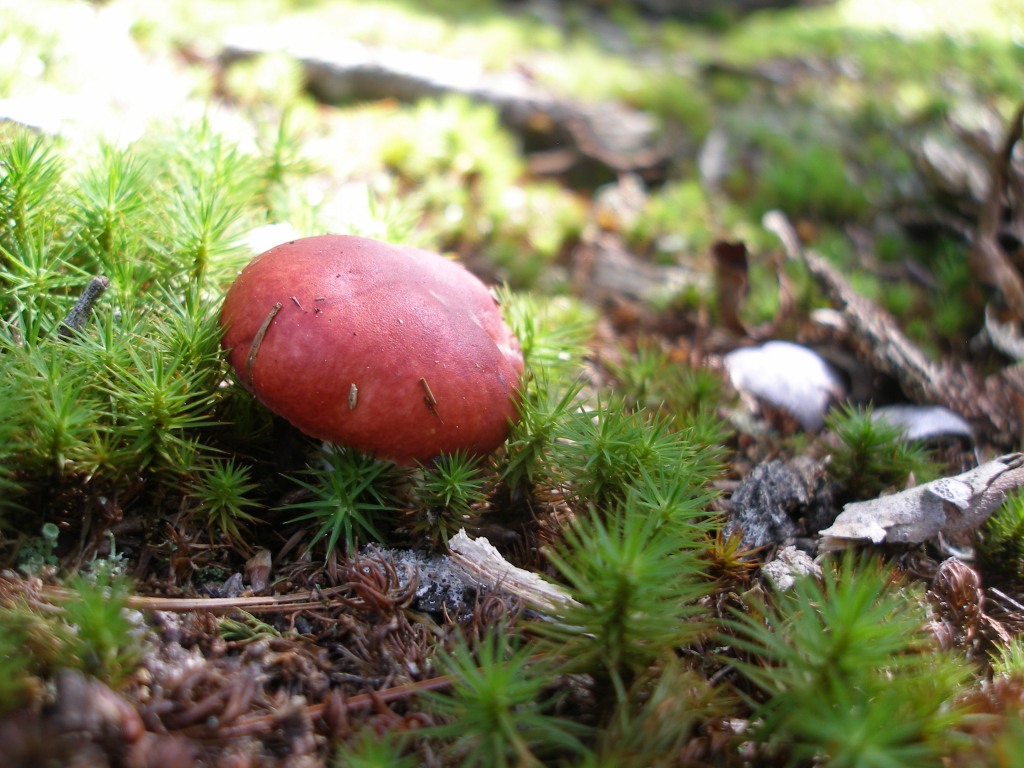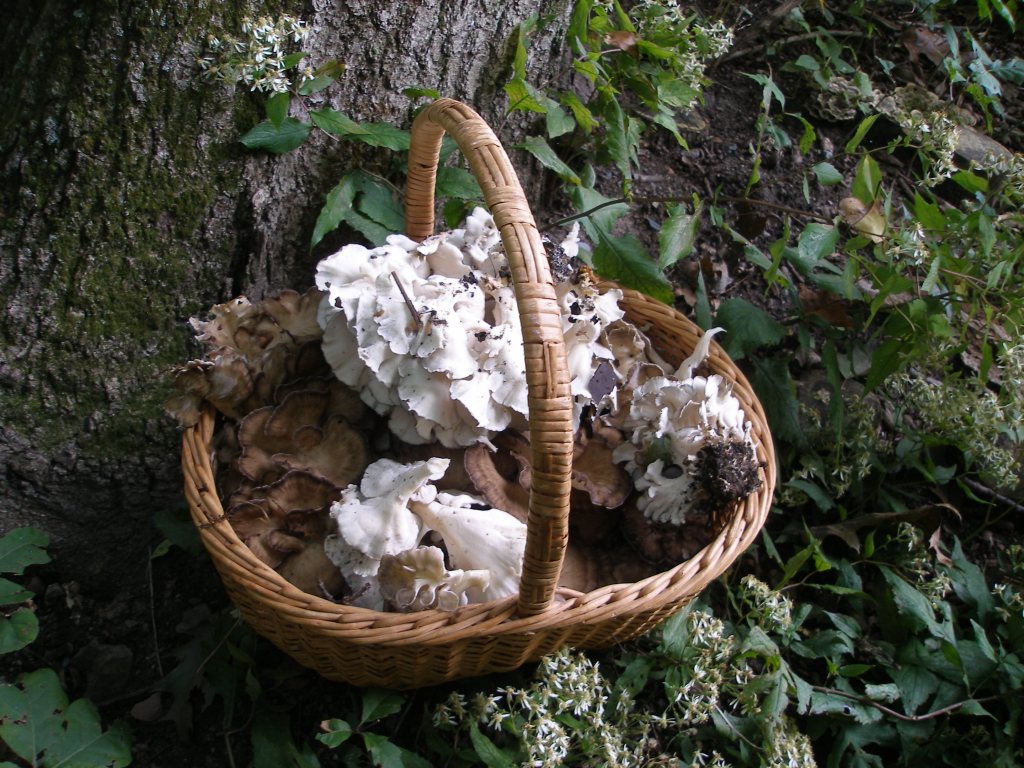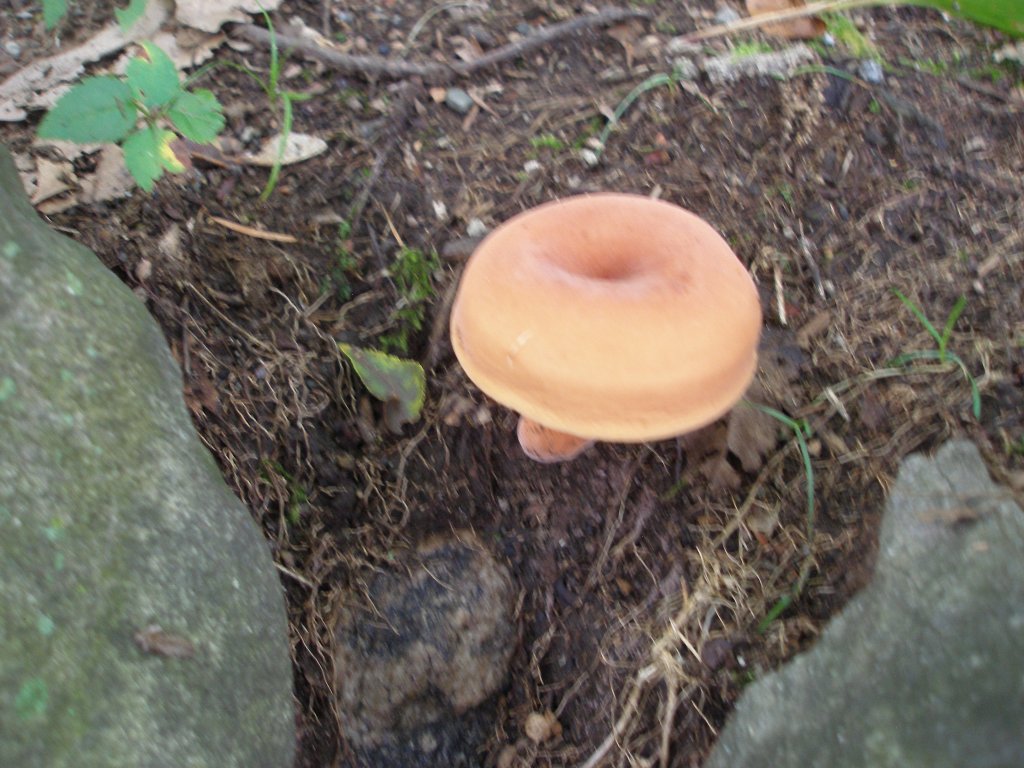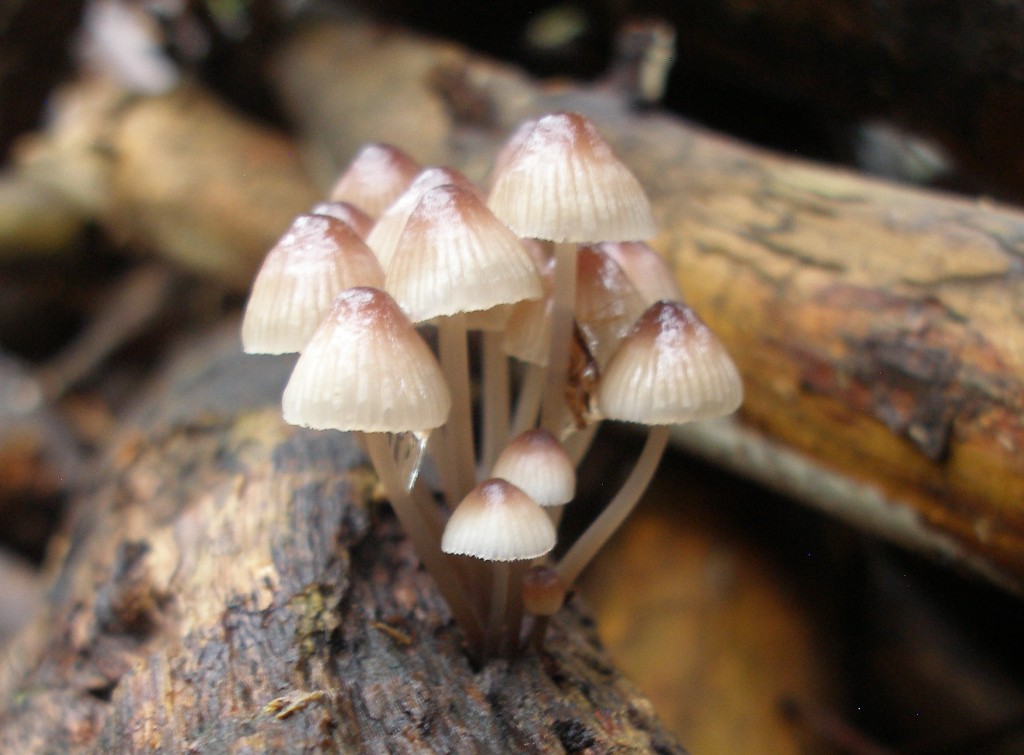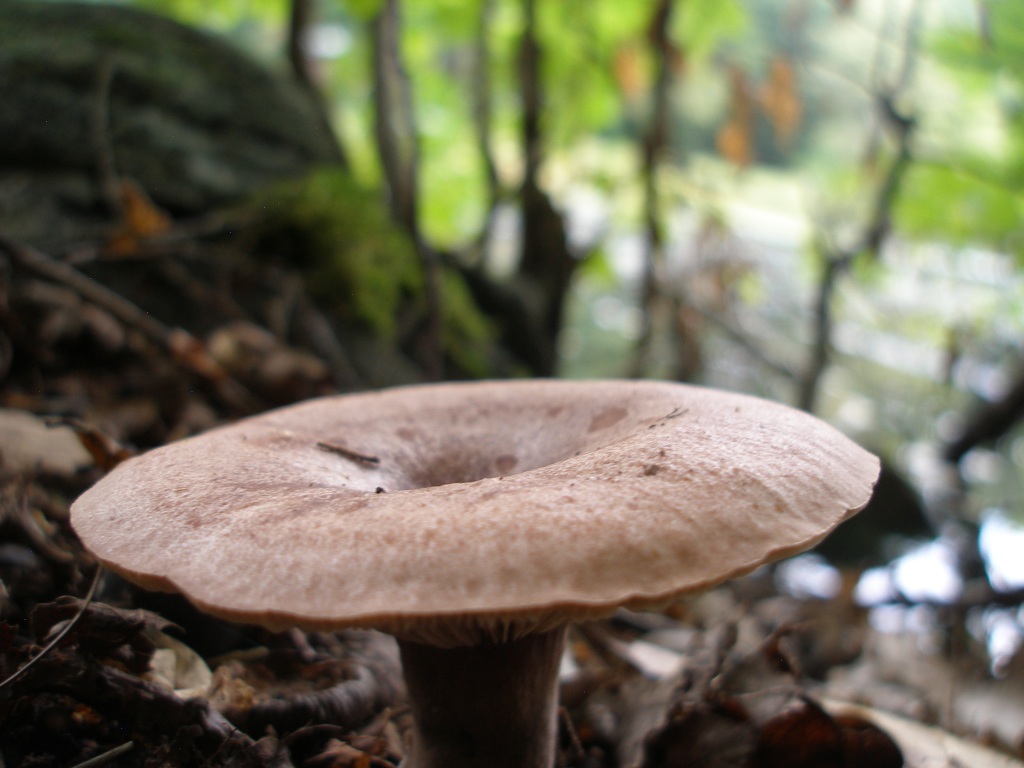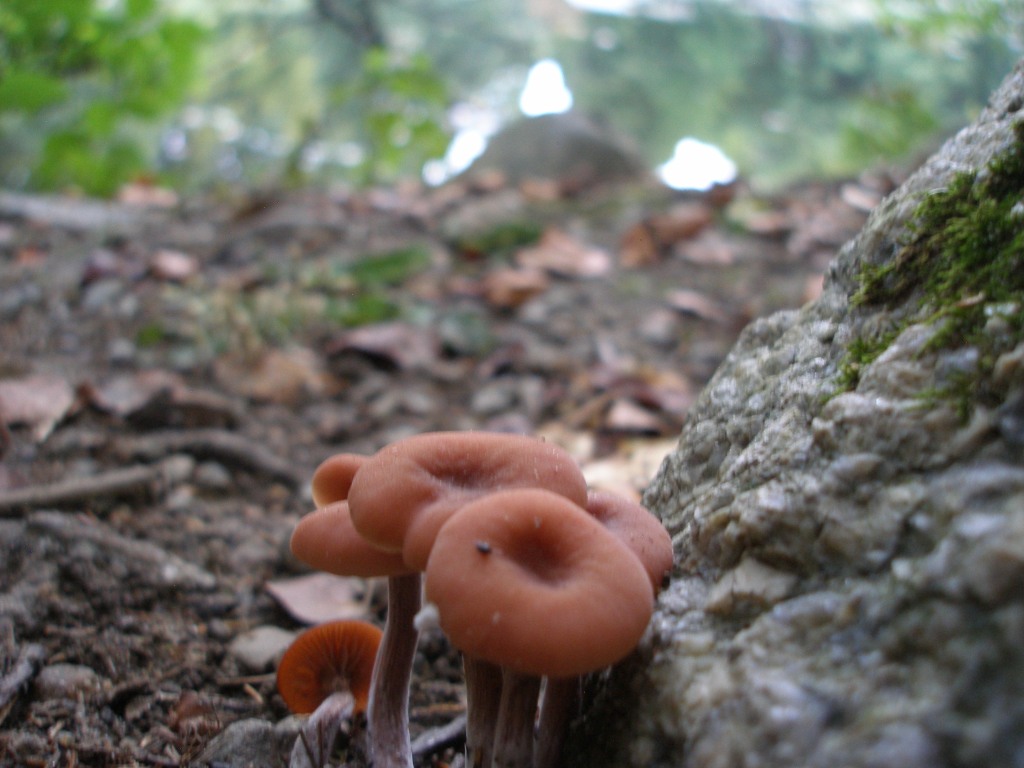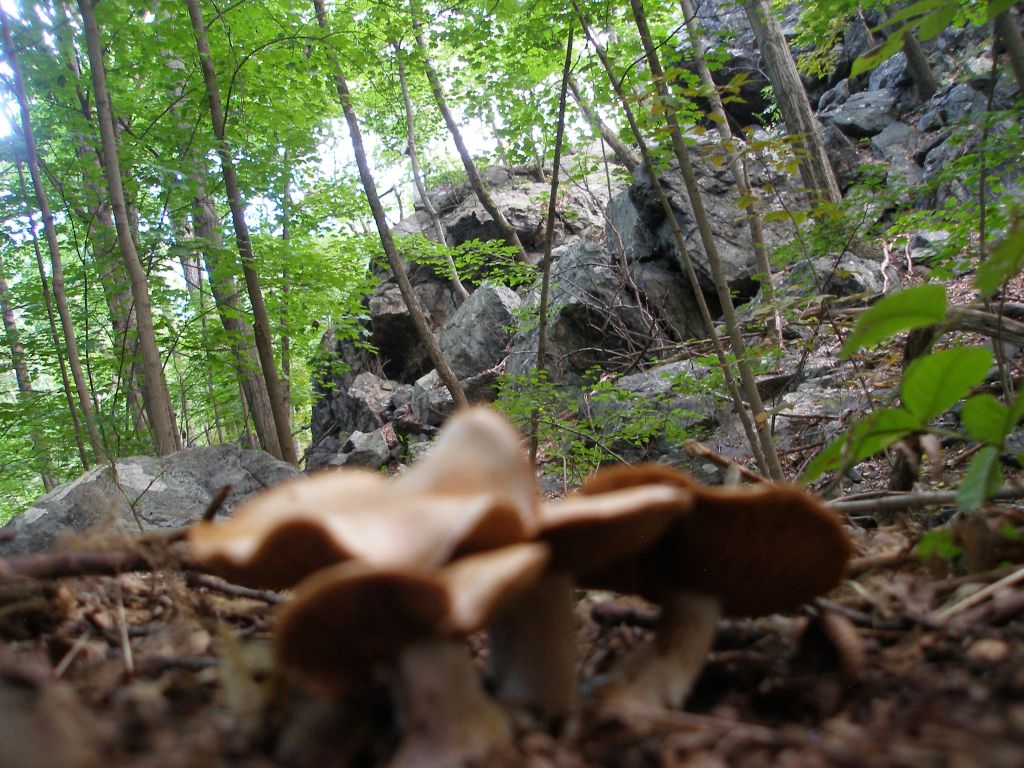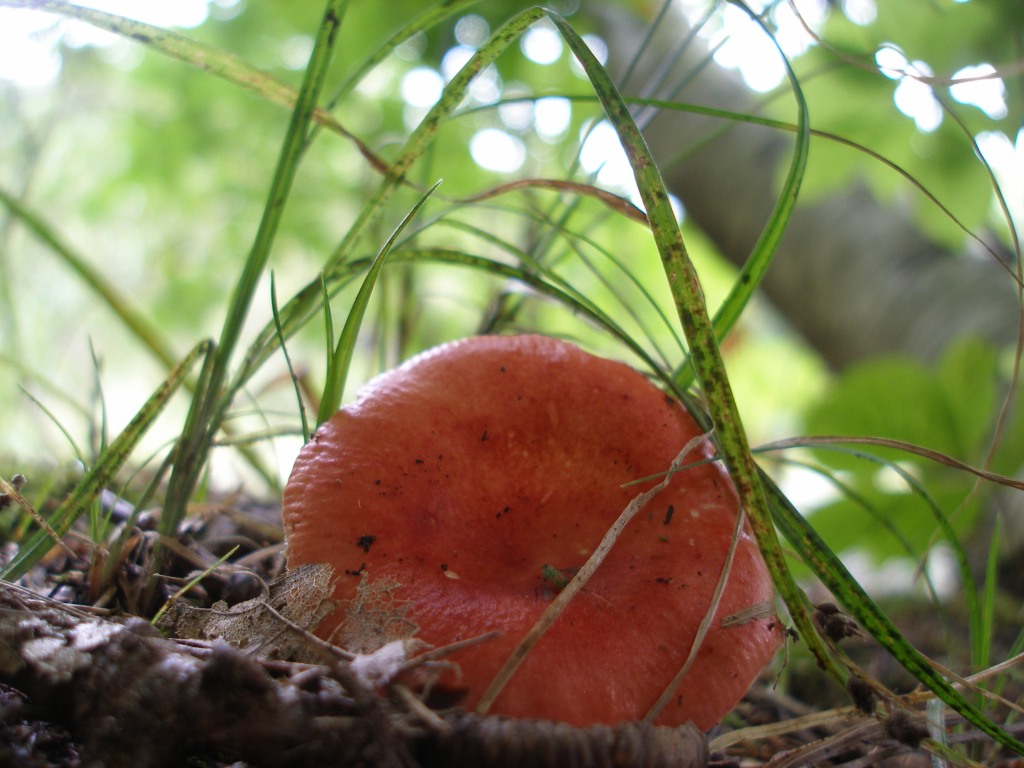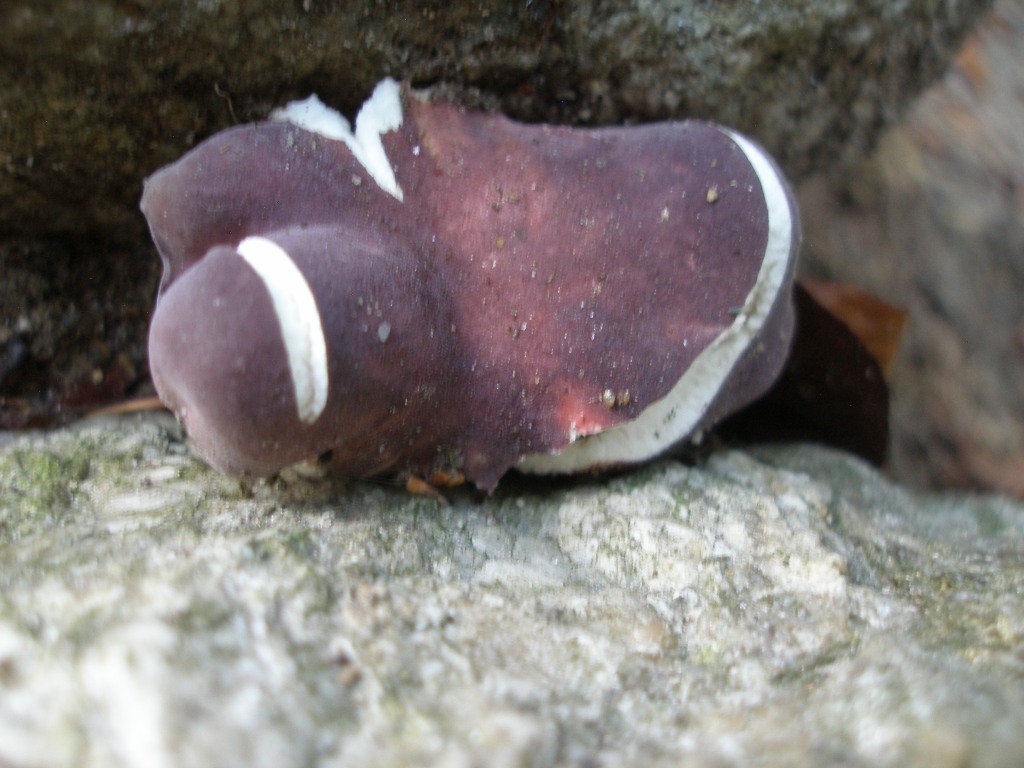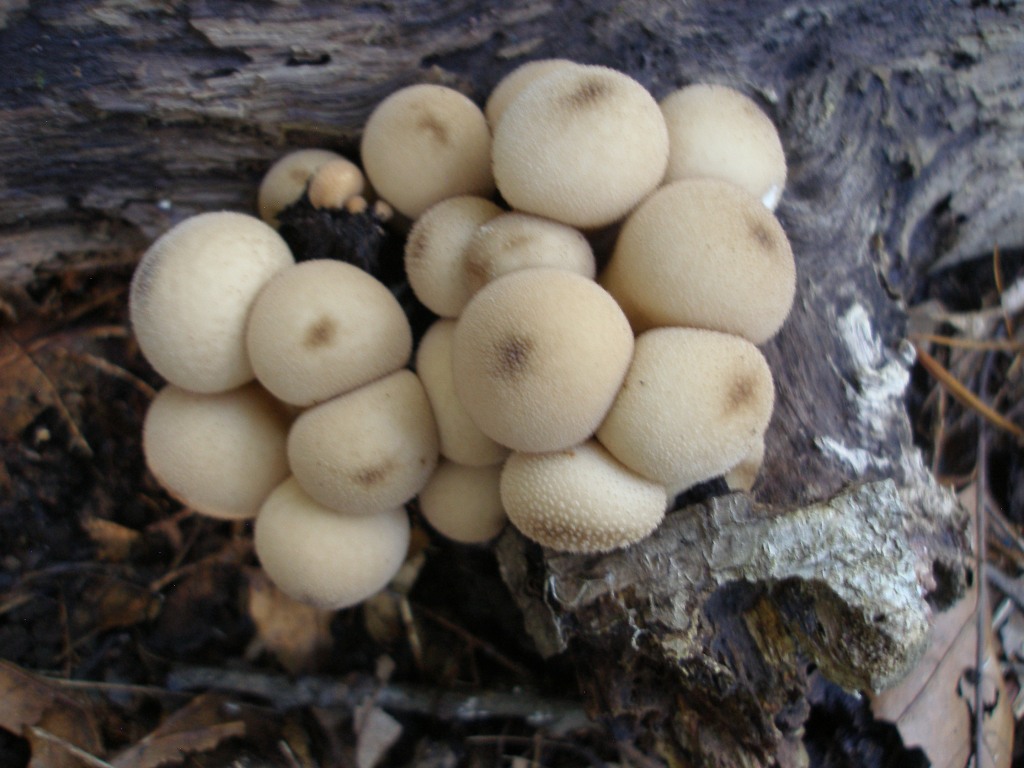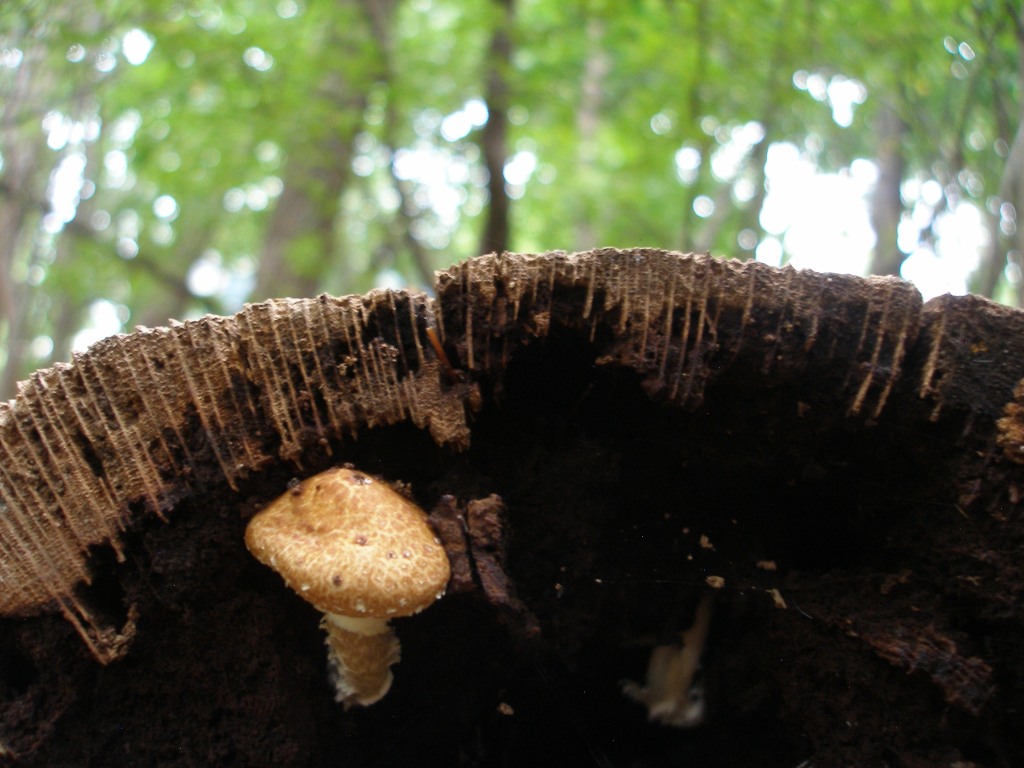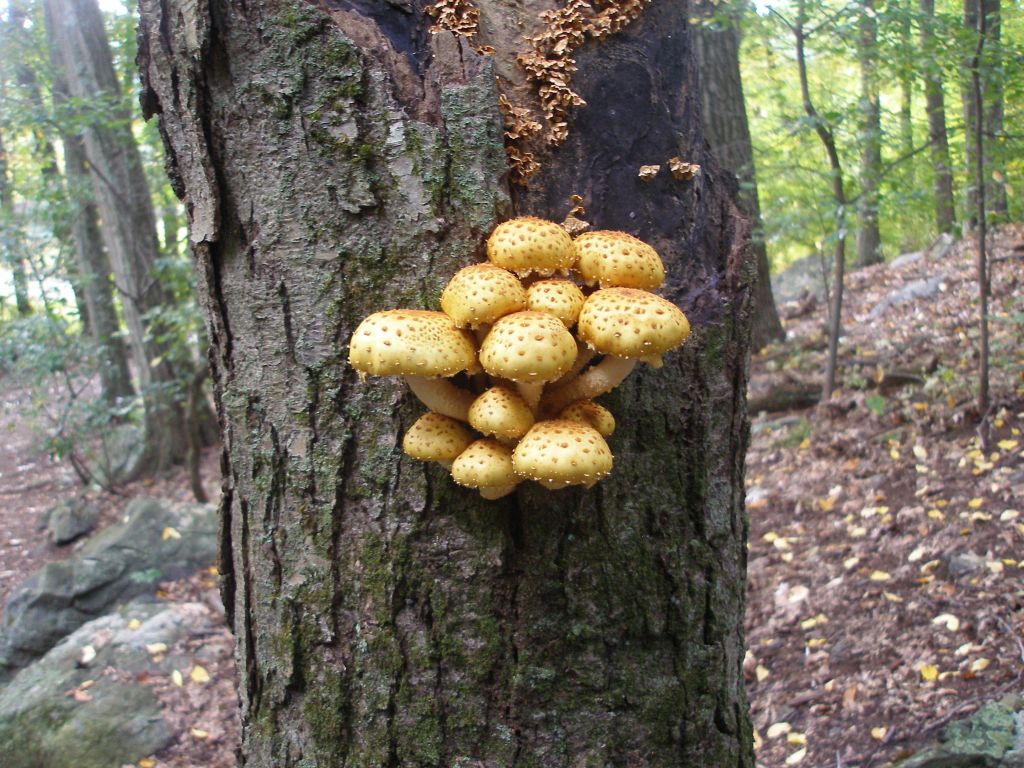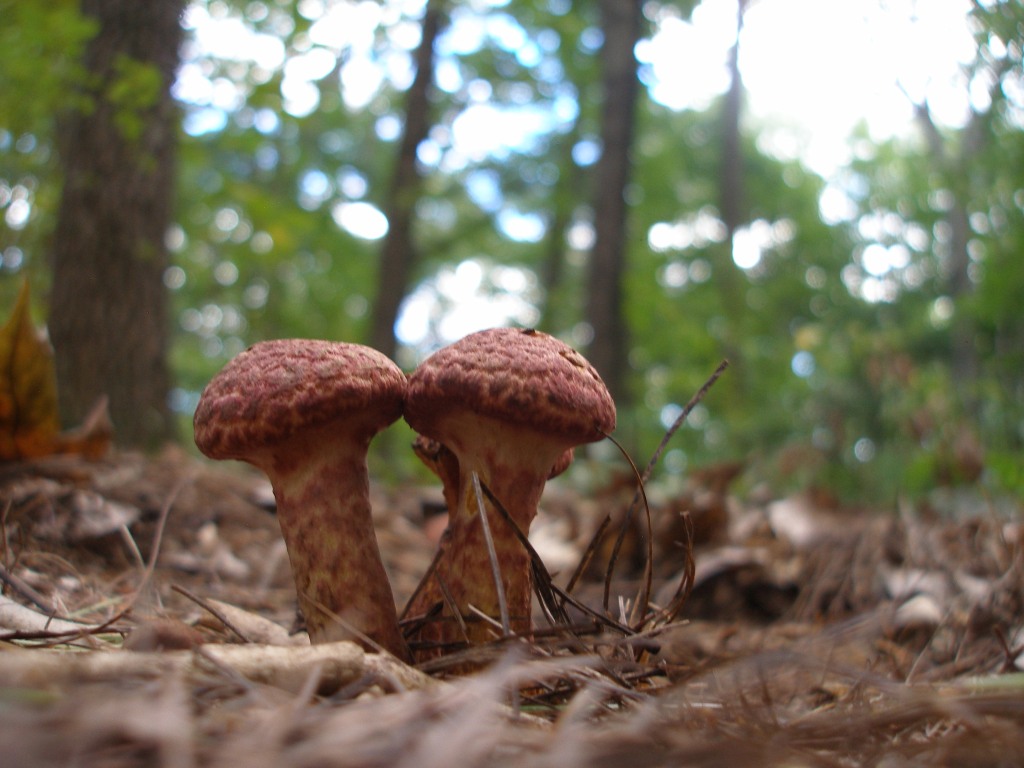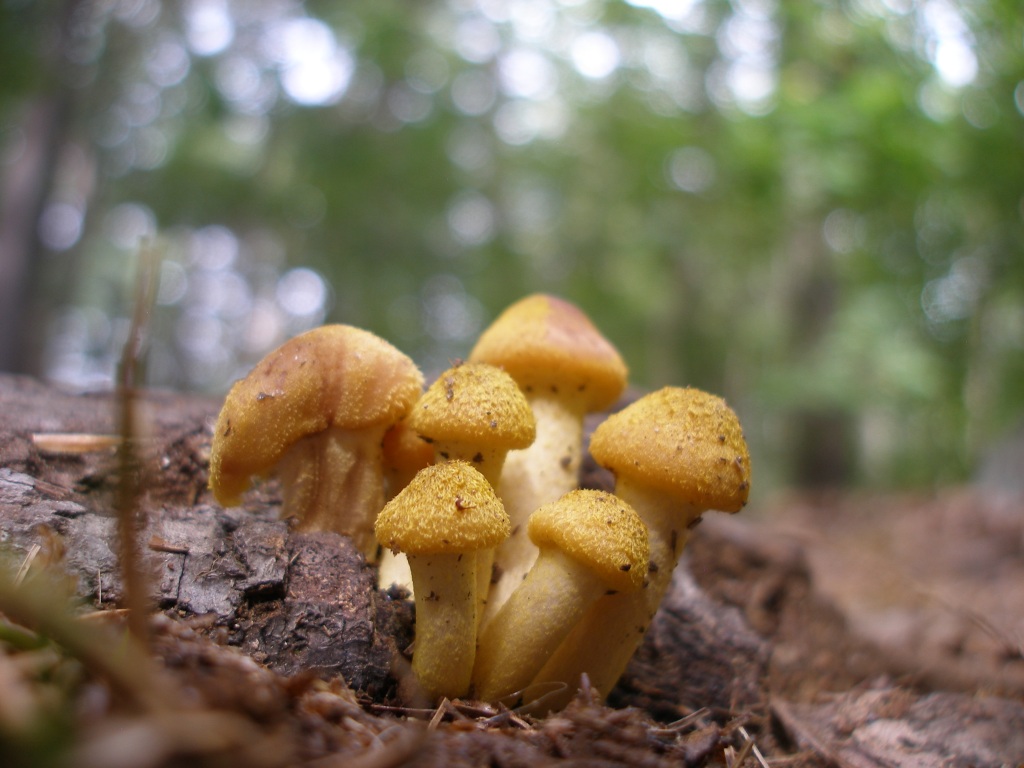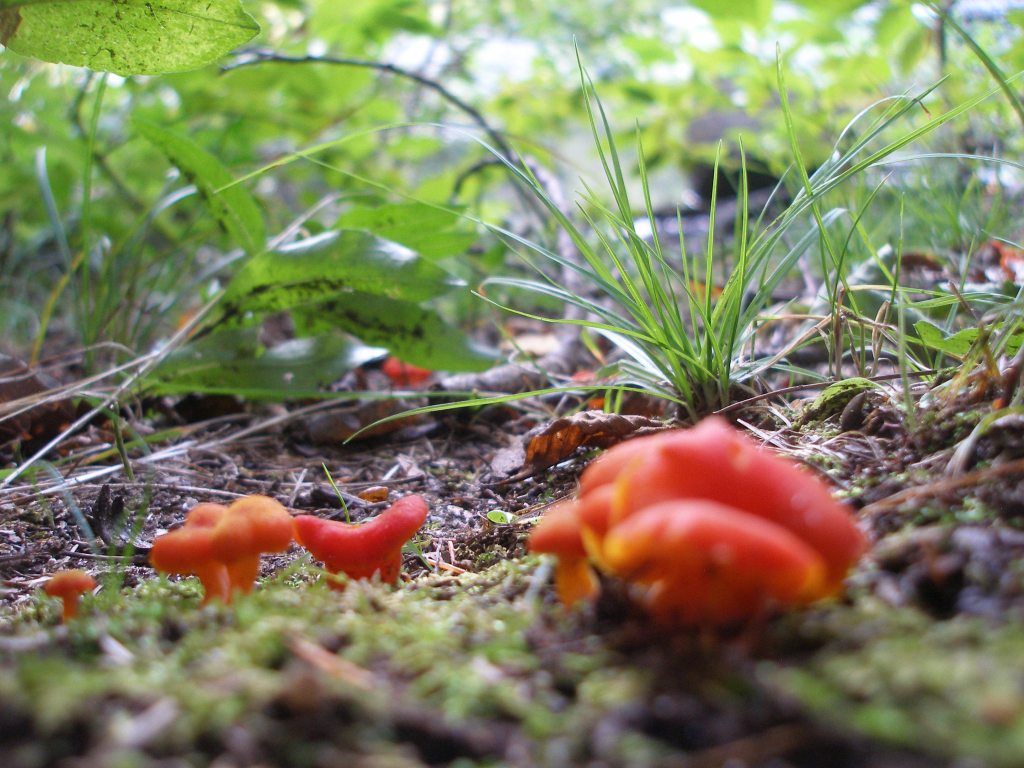I expected this fall’s crop of mushrooms would be different from last season’s given our highly changeable conditions these days.
Fungi, slime molds and lichens can tell when conditions are right to produce fruiting bodies and disperse spores. That window of opportunity appeared to come quite early in spring and summer this year. But interesting examples are still popping up. If I manage to capture worthy portraits of their splendid forms, I will add them below.





















